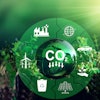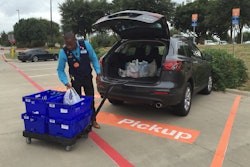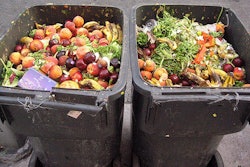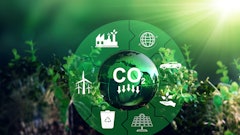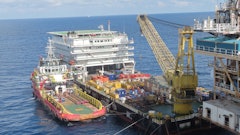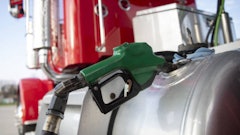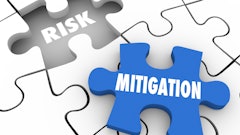
Over the past decade, the term “going green” has become a key part of almost every corporate vocabulary and numerous supply chain initiatives.
By contrast, many of the expressions that should go hand-in-hand with it are still in the process of gaining traction, including many that could be the key to significantly better sustainability results.
With that in mind, here’s a handy glossary of several terms we’ve found to be especially meaningful. Some were coined specifically for the sustainability movement. Others are better known as commonly used logistics tools, modes or practices. But, all should provide you with good fodder for discussion the next time the subject of greener logistics arises.
Carbon Footprint. The specific environmental effect—including greenhouse emissions—that businesses or individuals have as a result of their activities. Measured in the form of CO2 equivalents, it includes factors such as transportation, electricity, water consumption and materials used or consumed. Many public and private organizations offer free carbon footprint calculation tools on their web sites, or many businesses can run a calculation for you.
Carbon Offset. A monetized way that businesses or individuals can help counterbalance the negative impacts of their carbon footprints. Typically sold by various organizations for anywhere from $10 to $25, each offset is credited with reducing the effect of one metric ton of carbon dioxide emissions by helping to fund green initiatives such as wind farms, reforestation and hydroelectric dams. Although such purchases are a help to the environment, environmental advocates advise that they should be used in addition to rather than instead of a company’s proactive energy-reduction efforts.
DC Bypass. A practice that enables companies to eliminate unnecessary product transits to distribution centers—and reduce the associated energy consumption associated with those shipments—by using cross docking and direct ship techniques.
Dock Doors. A surprisingly common source of substantial temperature loss in many DCs. Businesses can reduce this loss—and make their facilities more sustainable—by investing in doors that open and close more quickly, installing heavier doors with more insulation or using better sealing around door perimeters.
Green Roofs. Environmentally friendly rooftops that have gardens or other vegetation planted on them. In addition to reducing buildings’ heat island effect and energy requirements—both highly sustainable advantages—the use of these gardens can extend the life of a facility’s roof by as much as 50 percent, a fact that results in the long-term (and greener) use of fewer roofing materials over time.
Idling. A major cause of fuel waste—and several million tons of annual carbon emissions—that occurs when trucks leave their engines running after arriving at a distribution center. Carriers can reduce their drivers’ idling and save thousands of dollars per vehicle per year via the use of special equipment and driver training tools. Warehouses can do their part by establishing “no idling” policies and providing comfortable driver hospitality areas at their facilities.
Intermodal Rail. The most environmentally-friendly ground transportation mode. Using intermodal transportation instead of a straight truck move can cut your fuel use and greenhouse gas production by as much as 65 percent
LEED. A voluntary rating program established by the U.S. Green Building Council that recognizes a building’s ability to meet exceptionally high standards for environmental sensitivity. LEED is a points-based rating system that ranges from certified to platinum and includes best green practices in categories such as site sustainability, water efficiency, energy and atmosphere and materials used. For further information, go to www.usbc.org.
Lighting. An area where companies can save significant money and expend considerably less energy by switching to the latest fluorescent technologies. Many DCS that make this transition can reduce their light-related energy requirements by as much as 70 percent.
Ocean. The overseas shipping mode that produces the smallest carbon footprint. An ocean shipment is approximately 96 percent greener than an air shipment of the same distance.
SmartWay Transport Partnership. A green public-private performance improvement initiative formed by the EPA in 2004. Designed for the freight sector, it encourages companies to move goods more efficiently, with less fuel and with a reduced carbon footprint. Companies that participate agree to formally measure their environmental performance and improve it over time. Now 3,500 partners strong the initiative has helped its partners avoid emitting 94 million tons of air pollution (NOx, PM, and CO2). See www.epa.gov/smartway for further information.

